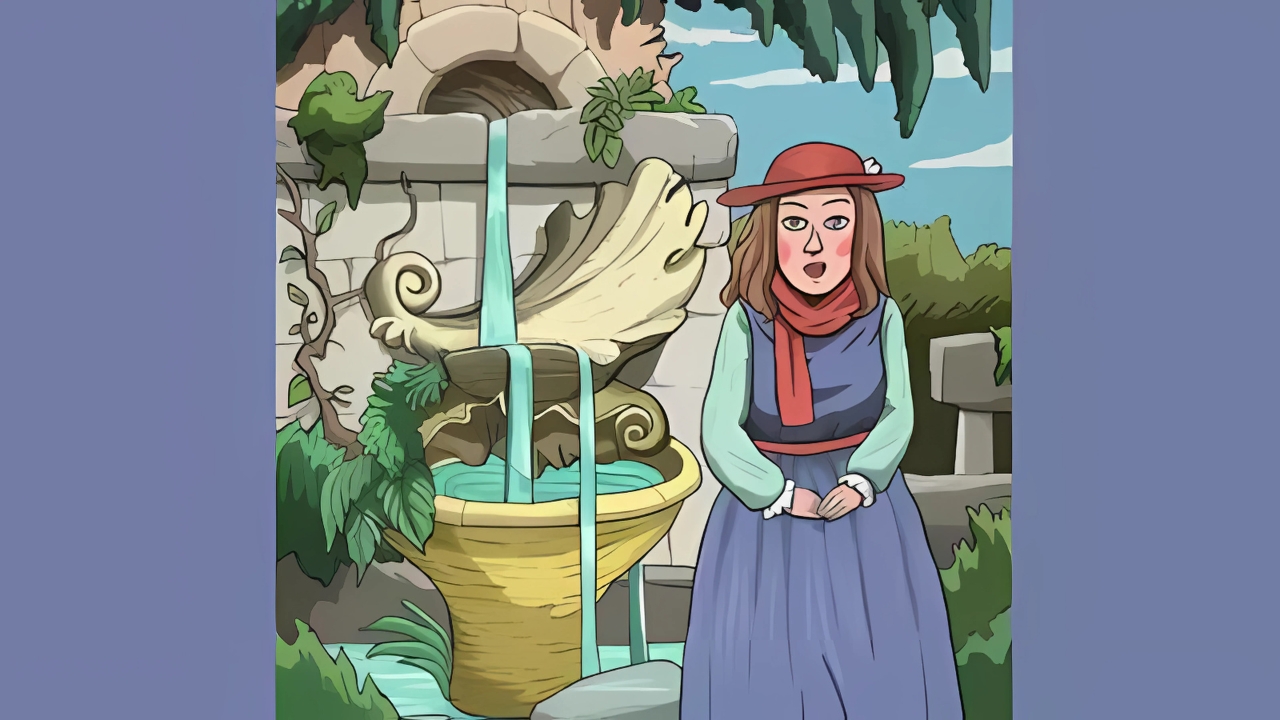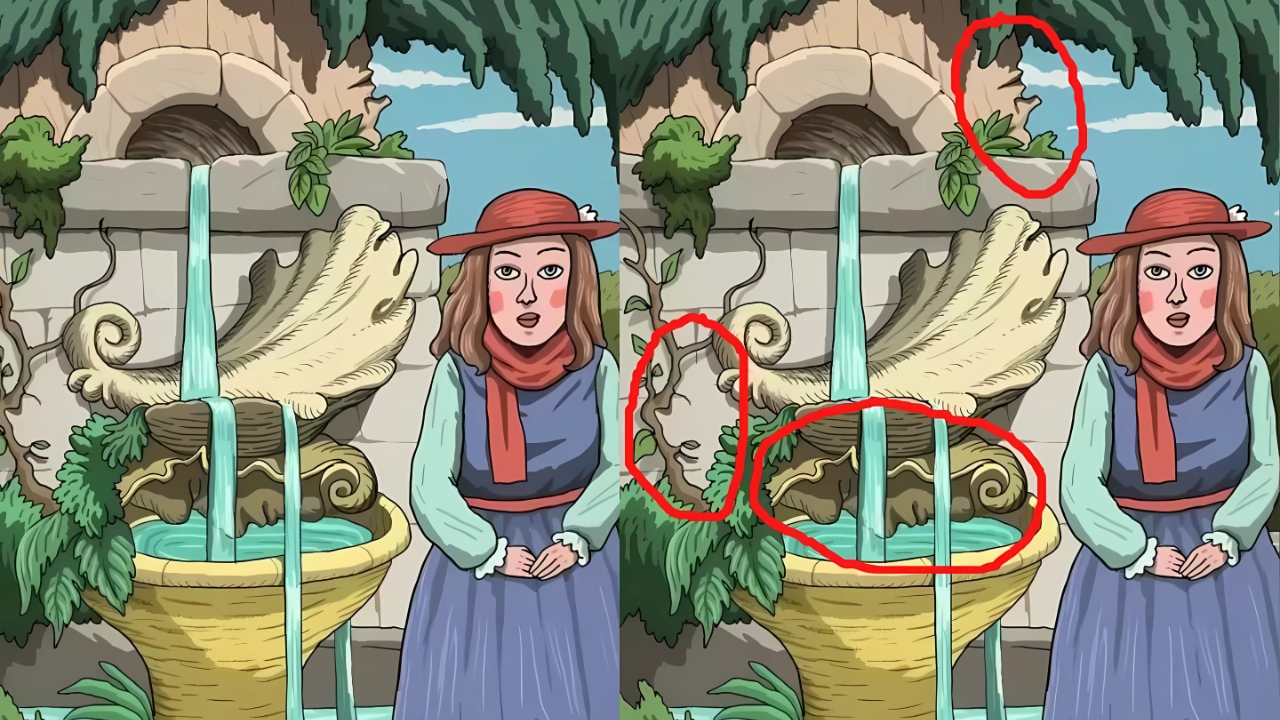Optical illusions have captivated human minds for centuries, serving as fascinating windows into the complex workings of our visual perception system.
Among the most intriguing of these visual puzzles are hidden face challenges, where multiple faces are cleverly concealed within a single image, testing our ability to perceive and process visual information in remarkable ways.
Understanding the Foundation of Visual Perception
To truly appreciate why hidden face illusions work so effectively, we must first understand how our brains process visual information. When light enters our eyes, it doesn’t simply create a photograph-like image in our minds. Instead, our visual system actively constructs our perception of reality through a sophisticated process of interpretation and pattern recognition.
The human brain processes visual information through multiple pathways simultaneously. The primary visual cortex receives raw data from our retinas, but this information must then be interpreted, categorized, and given meaning through higher-level processing centers.
This complex system evolved to help us quickly identify important features in our environment, particularly faces, which have been crucial for human survival and social interaction throughout our evolutionary history.
Think of your visual system as an incredibly sophisticated pattern-matching computer that’s constantly working to make sense of the shapes, shadows, and contrasts it encounters. When you look at any image, your brain automatically searches for familiar patterns, with facial recognition being one of the most refined and prioritized processes in this system.
The Remarkable Science of Facial Recognition

Human beings possess an extraordinary ability to recognize faces, a skill so fundamental that we often take it for granted. This capability is so important that our brains have dedicated neural networks specifically designed for facial processing. The fusiform face area, located in the temporal lobe, specializes in recognizing faces and becomes incredibly active whenever we encounter facial features.
This specialized processing explains why we’re so adept at seeing faces in unexpected places. You’ve likely experienced this phenomenon when looking at clouds, rock formations, or even the front of a car and suddenly noticing what appears to be a face staring back at you. This tendency, called pareidolia, demonstrates just how finely tuned our facial recognition systems really are.
When designers create hidden face illusions, they’re essentially exploiting this natural tendency by embedding facial features within larger compositions in ways that can be perceived from multiple perspectives. The challenge lies in training your eyes and brain to shift between these different perceptual frameworks.
Techniques for Successfully Finding Hidden Faces
Discovering concealed faces in optical illusions requires developing specific visual strategies that work with your brain’s natural processing tendencies rather than against them. The key lies in understanding how to systematically examine an image while remaining open to different interpretational possibilities.
Begin by examining the image from a comfortable distance, allowing your eyes to take in the overall composition without focusing intensely on any particular area. This soft focus approach helps prevent your brain from becoming locked into seeing only the primary image while missing the hidden elements. Think of this as similar to how you might look at a stereogram or Magic Eye picture, where relaxed vision often reveals hidden depths.
Next, systematically scan different areas of the image, paying particular attention to regions where shadows, highlights, and contrasting elements create natural boundaries. Hidden faces are often formed by the clever arrangement of these visual elements, where what appears to be a shadow in one context becomes an eye or mouth when viewed from a different perspective.
Consider rotating your viewpoint by turning the image or tilting your head at different angles. Many hidden face illusions are designed to be visible only from specific orientations, and what might appear as random shapes when viewed normally can suddenly resolve into clear facial features when seen from an unexpected angle.
The Psychology Behind Visual Interpretation
The challenge of finding hidden faces reveals fascinating aspects of how our minds organize and interpret visual information. Our brains are constantly making decisions about which visual elements to group together and how to interpret ambiguous information. This process, known as perceptual organization, follows specific principles that artists and illusion designers can manipulate to create their effects.
The Gestalt principles of perception play a crucial role in how we see hidden faces. The principle of closure causes our brains to complete incomplete shapes, filling in missing information to create recognizable forms. When a hidden face is partially obscured or formed by disconnected elements, our visual system works to connect these pieces into a coherent facial pattern.
Figure-ground perception, another fundamental aspect of visual processing, determines what we see as the main subject versus the background. Hidden face illusions often work by creating ambiguous figure-ground relationships, where the same visual elements can be interpreted as either foreground faces or background patterns depending on how you direct your attention.
Common Locations and Patterns in Hidden Face Designs
Understanding where hidden faces are typically placed can significantly improve your success in finding them. Designers of these illusions often follow certain conventions based on how our visual system naturally processes information and where we’re most likely to overlook subtle details.
Tree branches and foliage provide excellent camouflage for hidden faces because the irregular, organic shapes naturally create the kinds of shadows and highlights that can be interpreted as facial features. When examining images with natural elements, pay careful attention to the spaces between branches, the patterns created by overlapping leaves, and areas where light and shadow create strong contrasts.
Architectural elements in images often conceal faces within their structural details. Windows, doorways, and decorative elements can be arranged to suggest eyes, noses, and mouths. The geometric nature of buildings provides clear lines and shapes that can be repurposed to create facial features when viewed from the right perspective.
Cloud formations and rocky landscapes represent another common hiding place for concealed faces. The irregular, flowing shapes found in these natural formations closely mimic the organic curves and contours of human facial features, making them ideal for hiding faces in plain sight.
Developing Enhanced Visual Skills Through Practice
Regular practice with optical illusions and hidden object puzzles can actually improve your overall visual perception abilities. This improvement occurs because these challenges train your brain to become more flexible in its interpretation of visual information and more adept at switching between different perceptual frameworks.
When working with hidden face challenges, try to approach each image with a beginner’s mind, setting aside your initial interpretation of what you’re seeing. This mental flexibility allows you to perceive the same visual information in multiple ways, which is essential for discovering hidden elements.
Develop the habit of examining images at different scales. Step back to see the broader patterns and relationships, then move closer to examine fine details. Many hidden faces become apparent only when viewed at a specific scale, where the proportions align correctly to suggest facial features.
The Broader Applications of Visual Perception Understanding
The skills developed through optical illusion challenges extend far beyond entertainment value. Understanding how our visual perception works has practical applications in numerous fields, from art and design to psychology and neuroscience.
Artists and graphic designers use principles derived from optical illusion research to create more engaging and effective visual communications. By understanding how viewers naturally process visual information, they can guide attention, create emphasis, and communicate messages more effectively.
Optical Illusions Answer

Medical professionals benefit from enhanced visual perception skills when interpreting diagnostic images, spotting subtle abnormalities, and making accurate assessments based on visual evidence. The same pattern recognition abilities that help you find hidden faces can be invaluable in detecting important medical details that might otherwise be overlooked.
Embracing the Wonder of Visual Perception
Hidden face optical illusions serve as delightful reminders of the remarkable complexity and sophistication of human visual perception. They demonstrate that seeing is not simply a passive process of recording visual information, but rather an active, interpretive process that shapes our understanding of the world around us.
Each time you successfully discover a hidden face, you’re witnessing the incredible capabilities of your own visual system and the remarkable ways your brain processes and interprets information. These challenges encourage us to look more carefully, think more flexibly, and appreciate the intricate mechanisms that allow us to navigate and understand our visual environment.
Whether you’re a casual puzzle enthusiast or someone interested in the deeper workings of human perception, hidden face illusions offer an accessible and engaging way to explore the fascinating intersection of art, psychology, and neuroscience. They remind us that there’s often more to see than meets the eye, and that developing our visual awareness can enrich our understanding of both the images we encounter and the remarkable perceptual abilities we possess.